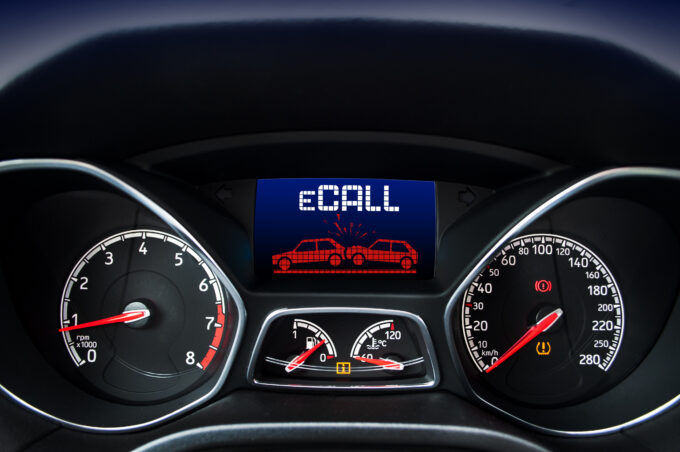Electronic driving aids not yet fully convincing
Systems that enable partially automated driving are supposed to make driving more comfortable and safer. However, a test by TCS and BFU shows that the electronic helpers are not yet quite as advanced as promised.

Driving assistance systems such as ABS and ESP have long been part of the standard equipment of every new car. For good reason: the electronic helpers increase driving comfort and road safety. Systems for partially automated driving are designed to increase comfort even further. But do they deliver what they promise? Not quite, as the joint test of the TCS and the bfu - Advisory Council for Accident Prevention shows.
The level of driver assistance systems currently achieved runs under "SAE Level 2 - partially automated driving". Although the driver still has to monitor these systems permanently, they take over the vehicle in specific situations and drive independently. Various assistance systems are required for this. The best-known of these is automatic distance control, but they also include lane-keeping and lane-change assistants, stop & go in traffic jams, and automatic adjustment of speed in accordance with traffic signals. From this level onwards, it would even be possible in principle to cover simple stretches of freeway "without a driver". At present, however, this is prohibited.
The vehicles
Only premium vehicles with partially automated systems are currently available on the market. The Mercedes-Benz E-Class, the Tesla Model S and the Volvo 90 models were tested.
The test
The systems were divided into six groups: Adaptive Cruise Control, Active Lane Keeping Assist, Attention Assist, Traffic Sign Recognition, Distance Alert and Autonomous Emergency Braking System at 50 km/h. The systems were judged on the basis of "handling," "function," "driving behavior" or "safety contribution," and "availability.
Conclusion
The driving assistance systems of all three tested models showed both positive and negative aspects. In all three vehicles, adaptive cruise control and traffic sign recognition were convincing under test conditions. However, the electronic assistants such as the active lane-keeping assistant and the autonomous emergency braking assistant did not always work reliably. In all three models, the sometimes poorly perceivable warnings that are supposed to alert the driver to a situation also attracted negative attention.
Source: TCS/ bfu









